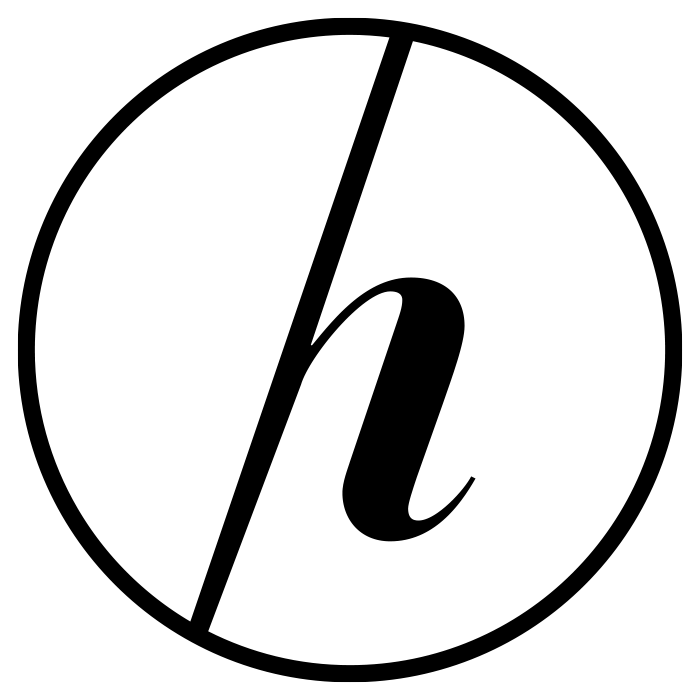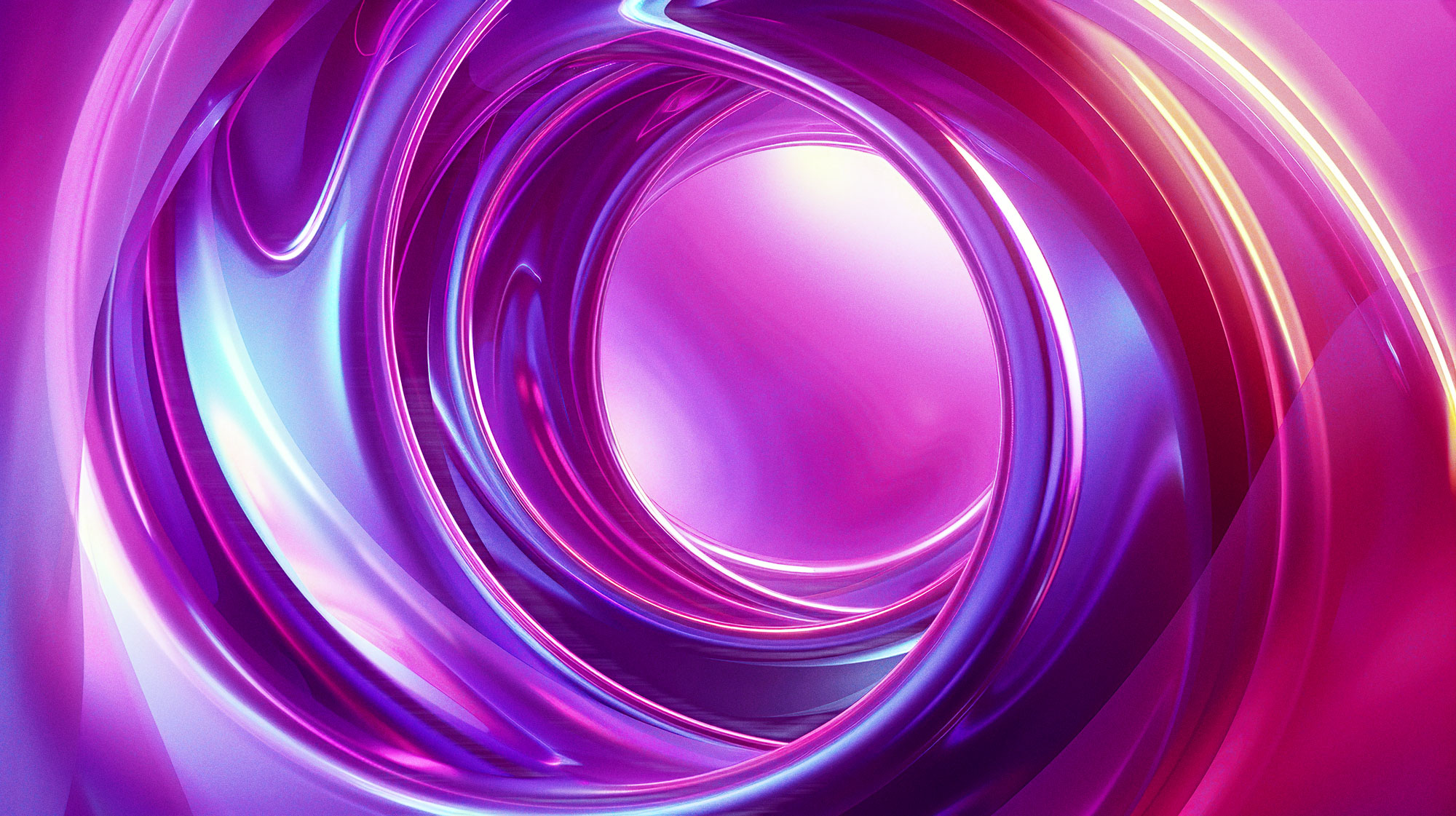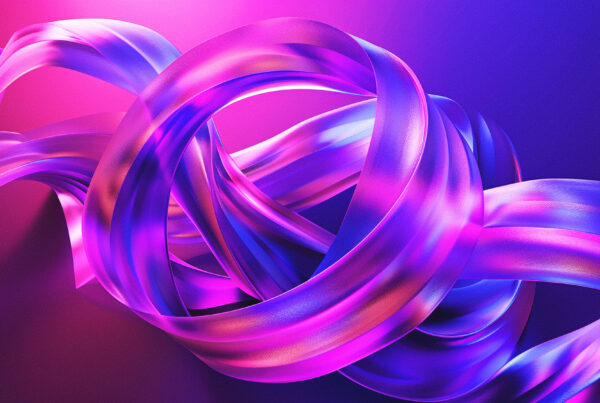Automation. For many creative professionals, the very word conjures up images of soulless machines, lost jobs, and a future where human ingenuity is replaced by algorithms. But as someone who’s lived through multiple waves of technological disruption in the creative industries, I can assure you: automation is not the adversary it’s made out to be. In fact, the evolution of desktop publishing offers a blueprint for how technology, when embraced rather than resisted, can unleash new realms of creativity and opportunity. Here’s how we can help creative professionals see automation not as a threat, but as a powerful ally.
Overcoming Resistance: Why Creatives Fear Automation
Let’s be honest: creative professionals have every right to be wary of automation. Their livelihoods are built on skill, intuition, and the irreplaceable spark of human imagination. The notion that a machine could “do what I do” feels not just threatening, but almost insulting. It’s easy to see why designers, writers, and artists recoil at the idea of ceding any part of their process to an algorithm. After all, creativity is supposed to be the last bastion of human uniqueness.
But here’s the uncomfortable truth: resistance to automation often stems from a misunderstanding of what automation actually aims to achieve. Automation isn’t about replacing the creator; it’s about removing the mundane, repetitive tasks that bog down the creative process. Think about how much time is lost to file conversions, resizing assets, or searching for the right version of a document. These aren’t the moments when creative magic happens—they’re the moments that stifle it.
The key to changing minds is reframing the conversation. Instead of focusing on what automation “takes away,” emphasize what it gives back: time, mental bandwidth, and the freedom to focus on the work that truly matters. Automation isn’t here to steal your job; it’s here to give you your best hours back. For creative professionals who constantly battle deadlines and client demands, that’s not just a convenience—it’s a lifeline.
Lessons from Desktop Publishing: Embracing Technology
Remember the pre-desktop publishing era? Typesetters, layout artists, and paste-up specialists ruled the world of print. When desktop publishing burst onto the scene in the 1980s, it was met with outrage and fear. “This will destroy jobs!” they cried. And in a way, it did. The old ways of working became obsolete almost overnight. But something remarkable happened alongside the upheaval: an explosion of new creative possibilities and careers.
Desktop publishing democratized design. Suddenly, anyone with a Mac and a copy of PageMaker could lay out a magazine or design a flyer. The gatekeepers were gone, but so were the tedious, manual processes that had stifled experimentation. Entire new industries sprang up—digital design, web development, interactive media—that simply couldn’t have existed without the tools and workflows desktop publishing enabled. For every typesetting job lost, a dozen new creative roles were born.
This is the pattern of technological progress: disruption, followed by reinvention and growth. The lesson for today’s creatives? The job you did yesterday may not exist tomorrow, but the skills and vision that make you a creative professional are more valuable than ever—if you’re willing to evolve. Automation, like desktop publishing before it, is the next leap forward. Those who embrace it will not only survive, but thrive.
Automation as a Catalyst: Creating New Creative Roles
Here’s the best-kept secret in the automation debate: for every task that automation takes off your plate, it creates opportunities for you to do more, create more, and even redefine your role entirely. Imagine a world where layout, resizing, and versioning are handled automatically. What could you do with those reclaimed hours? Develop richer concepts, experiment with new media, or finally launch that personal project you’ve been putting off.
We’re already seeing the emergence of new creative roles that didn’t exist a decade ago—creative technologists, UX writers, design ops specialists—jobs born from the intersection of art and automation. These aren’t “replacement” jobs; they’re evolutions, requiring both creative intuition and technological fluency. Automation doesn’t eliminate the need for human creativity; it amplifies it, allowing professionals to focus on ideation, storytelling, and strategy rather than drudgery.
If you’re a creative professional worried about automation, shift your perspective: automation is not your competitor, it’s your collaborator. The most exciting work in the future won’t come from fighting automation, but from harnessing it—using it to magnify your impact, break into new disciplines, and shape the creative landscape of tomorrow. The choice isn’t between human or machine—it’s about what humans can achieve with machines as their creative partners.
The history of creative work is the history of adaptation. Every leap forward in technology—whether desktop publishing or automation—has sparked anxiety, but also unprecedented growth and opportunity. The reality is clear: automation is not a harbinger of creative extinction, but a catalyst for creative evolution. By embracing automation, creative professionals aren’t surrendering their value—they’re expanding it, ensuring their relevance and success in a rapidly changing world. The future of creativity belongs not to those who resist change, but to those bold enough to shape it.





